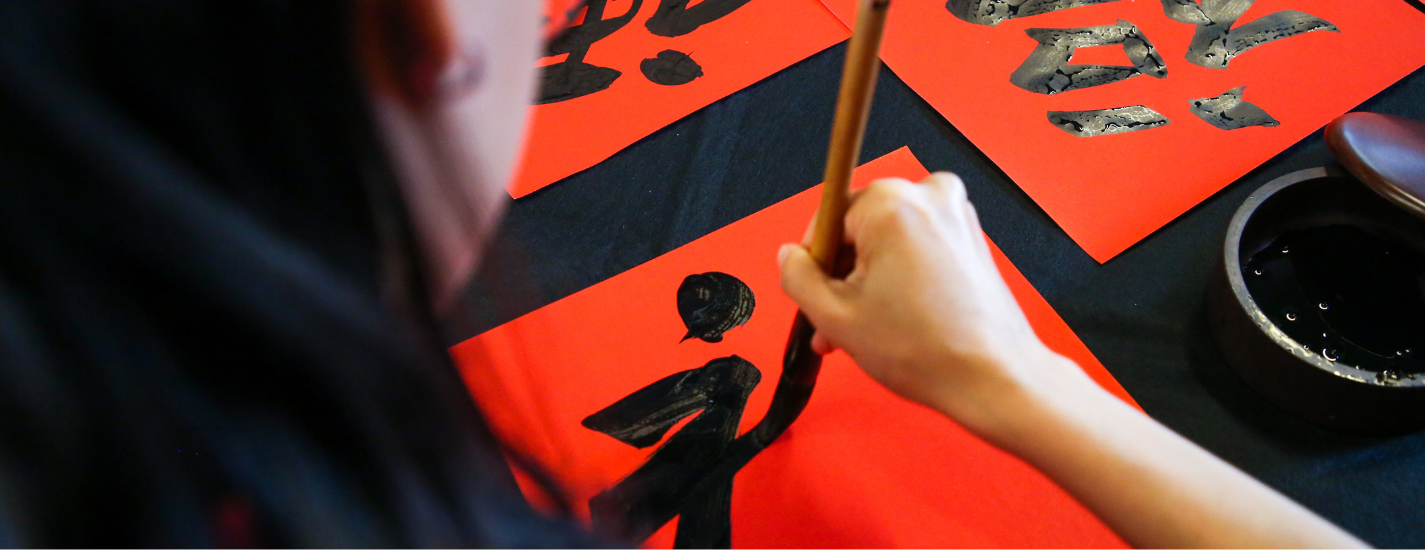Have you ever been a fan of beautiful handwriting? Do you tend to observe the pretty writing on wedding invitations or education certificates? When art is combined with handwriting, it's called calligraphy. Interestingly, this art has been observed as early as 200BC in China, and later in various parts of the world. This session is intended to celebrate World Calligraphy Day that falls on the second Wednesday of August every year. Established since 2017 by the Manuscript Pen Company, UK, the day celebrates the history of this art form and encourages people to learn about it. With this session, we connect students with an expert in Chinese Calligraphy for a live interaction while learning the history and a few basic techniques of this deep-rooted art from Chinese culture.
Although the word calligraphy may have been derived from the Greek words ‘kallos’ meaning beautiful and ‘graphein’ meaning to write, calligraphy or the art of writing beautifully is believed to have originated from ancient China. Known interchangeably as ‘shufa’ or ‘fashu,’ the earliest forms of Chinese calligraphy were observed in oracle bone script, bronzeware script and large seal script with each ancient kingdom having its very own characters. It wasn’t until the reign of Qin Shi Huang in 220 BCE., when a relatively uniform set of characters were put in place for Chinese Calligraphy, that this art gained popularity.
Through this authentic calligraphy demonstration, students will be introduced to the eight basic strokes of Chinese calligraphy and will be shown how to develop variations in the width of each stroke. While conversing in Mandarin, they will be guided on the typical instruments used for the written art, how to hold the brush to get that perfect stroke, and the kind of ink suited to Chinese calligraphy. Calligraphy finds a very important place in Chinese culture since ancient times and is ranked alongside poetry as a means of self-expression.
This is a unique opportunity for students to interact with an expert in this art form, in Mandarin language, as he demonstrates the elementary aspects of Chinese calligraphy.


 Liu Ping
Liu Ping
Write a public review